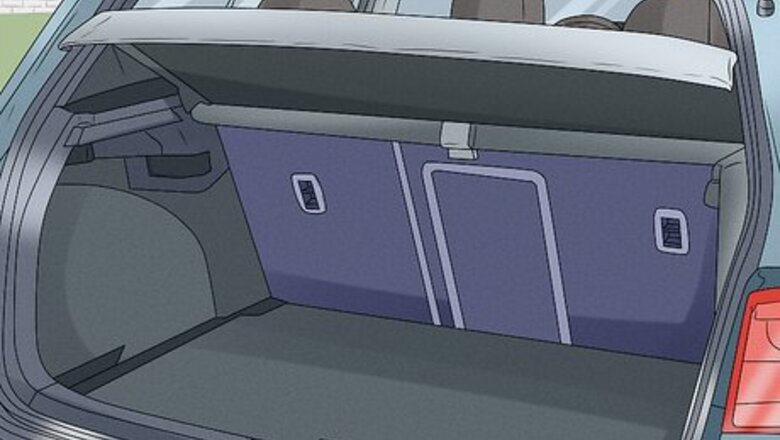
views
Maxing Engine Efficiency
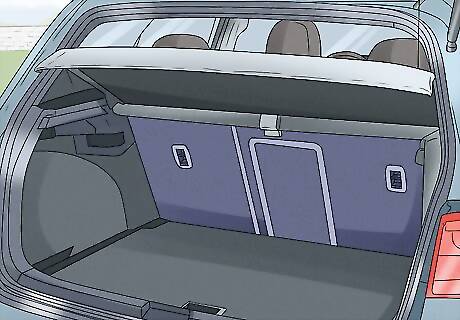
Make the vehicle as light as possible. The simplest and cheapest way you can get the most efficiency and power out of your engine is by giving it the least amount of car to power. Even dropping 20 pounds will help you accelerate faster. Remove excess junk from your trunk and cab, and consider making extra modifications that will lighten your load: Remove the rear seats, which can weigh up to a hundred pounds in some models. Use lightweight wheels instead of steel, with high performance tires. This can help you drop up to 50 pounds. Use carbon fiber or fiberglass body panels instead of the manufacturer panels. This is a more complex modification, but if you're trying to find your engine's max and make the vehicle lighter, it's a possibility.
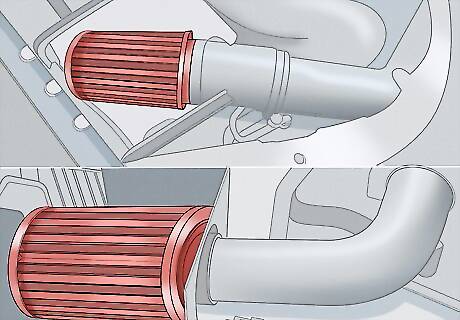
Install a high-flow air filter and intake system. Changing out the air-filter to a higher performance variety can add a few horsepower cheaply and quickly to your engine. You won't have to buy new air filters, and you'll allow your engine to breathe better, adding a small amount of power. For about $40 – $250 for most applications, this is an excellent place to start. AEM dry-flow air filters never need any oil added and are legal everywhere. K&N Air Filters are good for for 1,000,000 miles (1,600,000 km), and can add five horsepower or more depending on vehicle. Cold-air or ram-air intake systems draw in air from a cooler place outside the vehicle. Some cars will benefit greatly, and some will not. Usually, higher-end cars will not be able to benefit from this, as they already have a well-designed air intake system. Before making any filter modifications or using a high-performance system you get from the Internet, research the laws in your state regarding filter regulations. Some high-flow filters aren't legal in all 50 states.
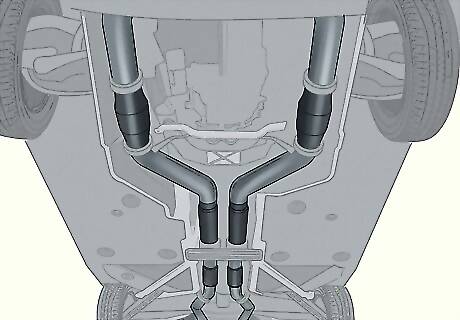
Upgrade to a performance exhaust system with test piping. Ideally, a "header-back" exhaust system will be installed, in which the exhaust goes pretty much straight from the engine to the tailpipe, efficiently and quickly. Kits are available, should you choose to do it yourself, for several hundred dollars, though welding a new exhaust system onto the car requires that you have access to a shop with a hydraulic lift, the replacement system, the welding gear, and the know-how. It's usually better to have a muffler shop that knows what they're doing upgrade your exhaust system for a fee. I-4 engines should go up to 2.5 exhaust, unless a turbocharger is equipped, then 3" is acceptable. V6/V8 cars should have 2.5"-3" exhaust all the way through. Exhaust headers are expensive and will add only a small power gain. It's a good option, but only if you've exhausted most other HP-maxing opportunities available.When it comes to exhaust manifolds/headers a 4 pipe manifold with equal length runners all coming together in a single collector are maximised for power gains high in the rev range while what's known as a 4-2-1 manifold where the 4 pipes merge in to two pipes then into a single outlet are produce power in the mid rev range and more suited to fast road cars.
Maxing Engine Performance
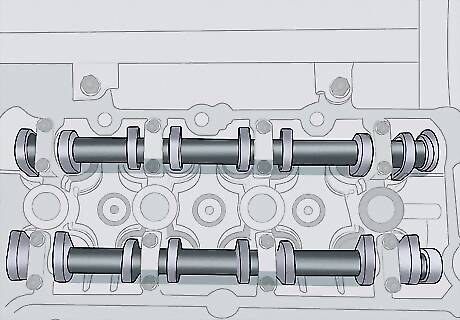
Consider installing a performance camshaft. Performance cams increase the duration and timing of the valve openings during the engine stroke, increasing horsepower and making your car accelerate more quickly. You'll idle slightly rougher with a performance cam, but get a throaty rumble that's desirable for some gearheads, depending on your vehicle. They're on the expensive side, but work well in conjunction with header or exhaust upgrades. To install a new camshaft, you must expose the valve train by removing the valve cover and possibility the distributor. Loosen and remove the timing chain and the old camshaft to install the new version. Adjust the timing and tweak the new cams as necessary.
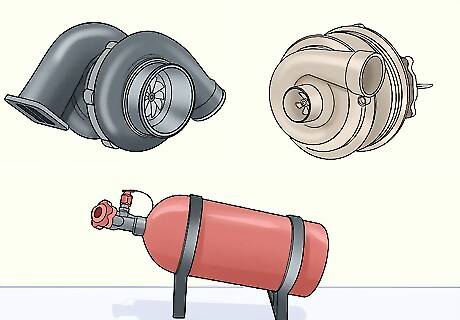
Research your turbocharging, supercharging and Nitrous options. A turbocharger can add up to 25 – 30% power gains. However, turbocharger kits cost about $3,000 for common applications, and go up in price for less common applications. Turbochargers are excellent for any car, anywhere, but can be prohibitively expensive, and are difficult to install for novice mechanics. Research which systems and options would be effective for your model and weigh your options. Turbochargers suck air into the engine, increasing boost and horsepower. An intercooler will also need to be installed with a turbocharger to drop intake and running temperatures, and increase longevity. Turbo chargers also tend to offer less low end torque, but more high end power, due to turbo lag. This varies based on turbo size, with small turn is offering a better low-end, and larger turbos offering a better high end. A turbocharger takes the exhaust gasses and spins a turbine which spins an impeller, which sucks in air. Superchargers are belt-driven, making them less efficient, and pull some power from the motor, but offer a much more steady power delivery. While a turbocharger results in a higher peak of HP, while supercharger give a steady supply of torque and horsepower throughout the rev range. superchargers don't require the use of an intercooler, but result in more heating problems and maintenance issues. They're available in centrifugal, screw, and roots-type models, depending on the application. Nitrous is power in a bottle, Nitrous oxide is an oxidizer, it has 2 oxygen molecules for every nitrogen. In a hot engine, those molecules break down and release more oxygen, and decrease intake temperatures, allowing for more fuel and power. Kits cost from $300 - 3000 for any application. Basic kits are easy to install with high performance kits needing some skill sets. Nitrous systems also require a fuel upgrade, as the extra air is only useful with extra fuel. Power gains can be anywhere from 5Hp to 100Bhp over the whole rpm range.
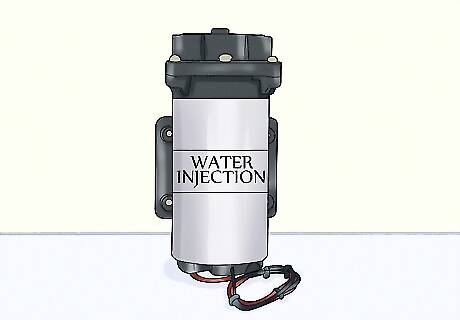
Install a water-injection or anti-detonant injection kit. For $300, a good water-injection kit increases gas mileage and power while reducing carbon deposits within the combustion chambers, preventing engine pinging. Most of the time, having such a system installed will even let you buy lower-octane fuel. While water-injection kits will have almost no performance gains on naturally-aspirated engines, they can help restore lost power. Turbo or supercharged engines will have massive power gains with water-injection.




















Comments
0 comment